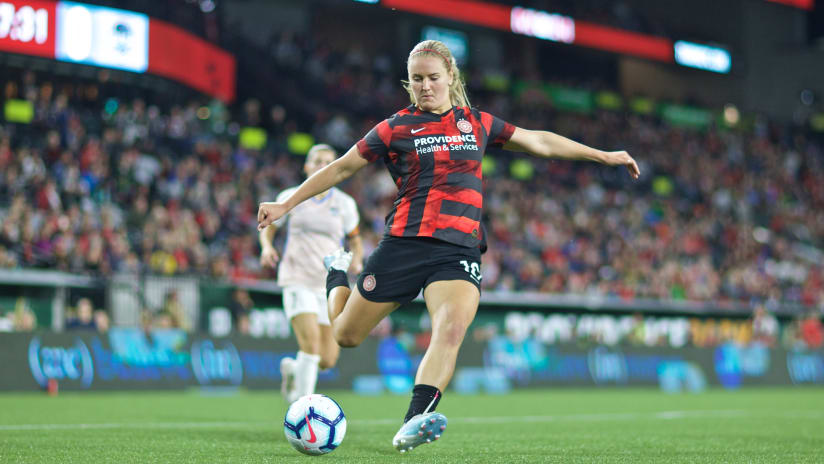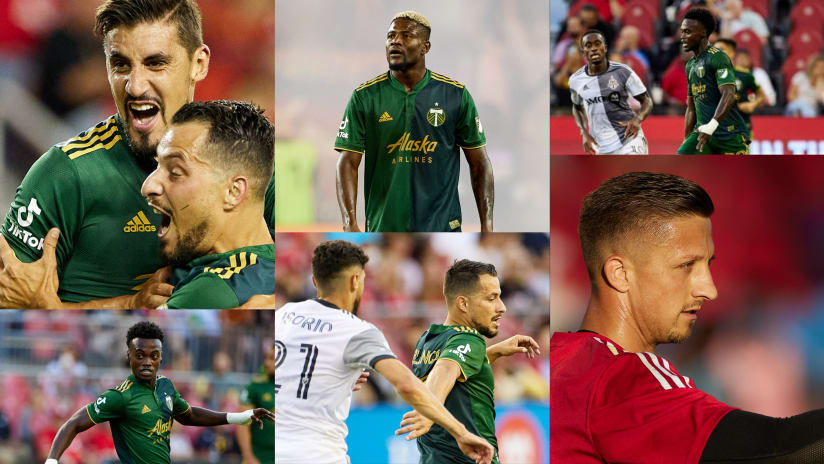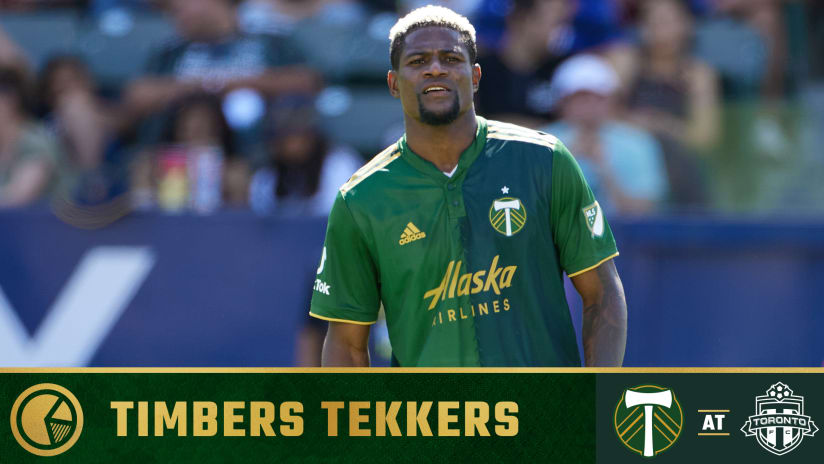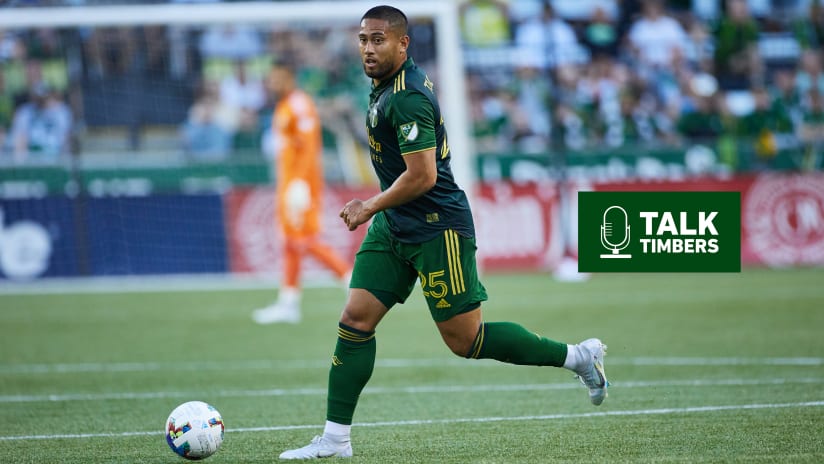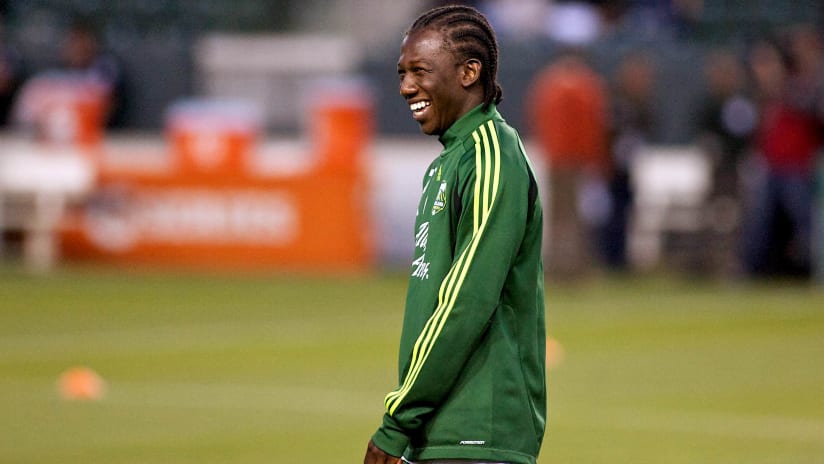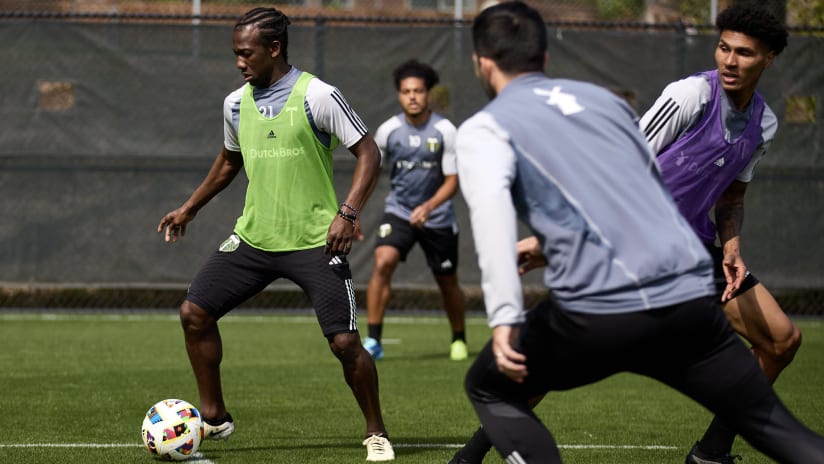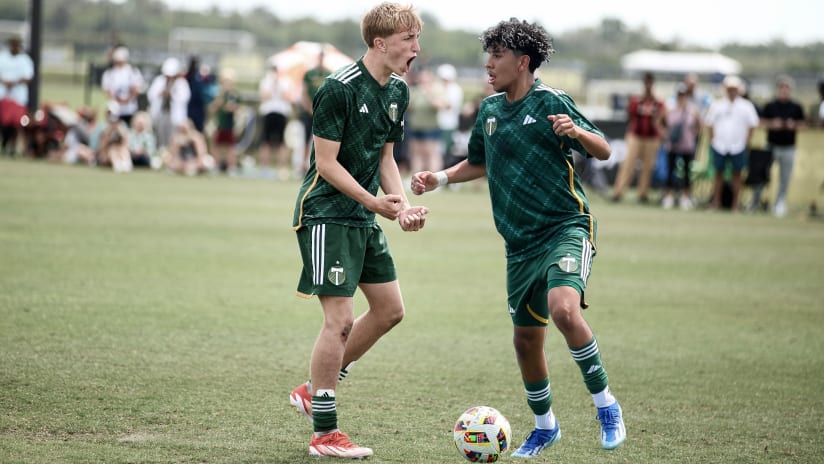We’re up to fourth of eight in our winter series, one scanning the depths of the Timbers’ and Thorns’ depth charts. We covered forwards on the women’s side, first, then hit goalkeepers on the men’s. Now, we’re working our way back in the Thorns formation to a level where, with one person’s departure, we know changes are inevitable.
Rostered midfielders (in alphabetical order): Andressinha, Celeste Boureille, Lindsey Horan, Emily Ogle, Angela Salem, Gabby Seiler
The first thing to notice about the list, above, are the players missing from it. We know why Dagny Brynjarsdottir’s not here, having confirmed her return to Iceland. We also covered three other “midfielders” from the team’s roster – Tobin Heath, Christine Sinclair and Midge Purce – in the forward section. Whether that’s where they stay hints at the first wrinkle in Portland’s midfield depth chart.
Last season, Portland largely used a three-person middle where Sinclair played ahead of Horan and Brynjarsdottir. The strength of that set up was, coincidentally, in their strength, with Horan and Brynjarsdottir dominating the NWSL in duels among midfielders (aerial or otherwise). Against most teams in the league, that meant being able to dictate part of any game’s style. By the end of the season, though, Sinclair was pushed higher, Heath was brought in from wing to forward, with Andressinha’s addition to the starting lineup giving the team a different look.
Clearly, Mark Parsons is not wed to that shape going into 2020, and having moved away from the Sinclair-Horan-Brynjarsdottir triangle by year’s end, Portland’s not attached to their previous approach either. Instead, the team seems to be going into the offseason asking more basic questions. How do we want to play, going forward? What, regardless of the positions they played before, are the best roles for players like Heath, Horan, and Sinclair?
Though it’s tempting to see Horan as an heir apparent to Sinclair, she also may be in her best role, now: as a versatile “eight” in a midfield pivot, aside somebody who can sit and give her freedom to seek the ball. Since her arrival, the Thorns have always been at their best when Horan’s involved as much as possible, be it dropping to pick up possession in the build-up phase or feeding the ball wide before dominating on teammates’ crosses. Perhaps Parsons can come up with a new, better vision for her talents, but it’s difficult to imagine an optimized form of the Thorns where Horan is doing something else.
That puts the development and recovery of Boureille, Ogle, Salem and Seiler into focus. For Salem and Seiler, that means returns from mid-season ACL injuries, with Salem’s suffered earlier in the season. Generally, that makes her more likely to return before Seiler, but another generality: all players recover differently. If Salem is back sooner, though, Portland has an intelligent, defensive stalwart to sit in the space above their central defenders. There’s a reason why she briefly claimed a starting spot last season.
Seiler is similar in so many ways, but different in others. As she earned more minutes during last year’s rookie season, the natural stylistic comparison was to the Timbers’ Diego Chara. Particularly with her on-field intelligence and unwillingness to lose the ball in dangerous spots, Seiler projects the type of reliability the Timbers have enjoyed from their midfield stalwart for a decade. But just as, on the men’s side, it feels such a shame to limit Chara’s probing instincts to the Claude Makelele role, so too does it seem too little to curtail Seiler’s range. She was at her best last season when she was Amandine Henry, reading play and balancing the field.
Those are two slightly but significantly different profiles to imagine next Horan, as are those of Boureille and Ogle. In Boureille, the Thorns have a recovering player who, in Australia this winter, will play herself back into contention for a starting role. If she wins the job, she’ll have done so against the most competition she’s ever faced for her position. But as is the case with every other battle in the league, that competition will demand progress from Boureille. She’s always responded before, with her game continuing to evolve.
Ogle is the biggest question mark, mostly due to her inexperience. While she saw time on the field by season’s end, the Penn State product was trapped behind the Boureilles, Salems, Seilers and Brynjarsdottirs for most of the season. Her ability to contribute in year two, though, will come down to the work she did behind the scenes in year one. Nobody had heard of Simone Charley in her rookie season, when she was putting in her time on the practice field. It’s not impossible for a player, transitioning between year one and year two of their professional career, to make a leap as the demands of their new life take root.
That leaves Andressinha. She, more than any other player, could see her 2020 dictated by the lingering questions of 2019. Is Sinclair’s future as a forward, now? If so, Andressinha may be the best pure 10 on the roster. But what if the team wants to move Horan back into that role? Just like that, Andressinha is squeezed out. What if, with a completely different option, Parsons went with a midfield evoking his days at Chelsea FC, where José Mourinho played a three-man middle without a true 10? If Horan and Seiler can be Frank Lampard and Micheal Essien, Salem can wreak havoc as the team’s Makelele. But in that scenario, too, Andressinha’s role is unclear.
The clearest thing about the Thorns midfield questions, though, is the team’s need to adapt. In matchups over the last two years against the North Carolina Courage, they’ve been outnumbered and left without the footspeed to compete with the world’s Debinhas and Crystal Dunns. Can they find a way to do so with 2019’s approach? If the answer, there, is probably “No,” prompting the next question: How do you build around Horan to bridge the gap been the Thorns and the Courage?

